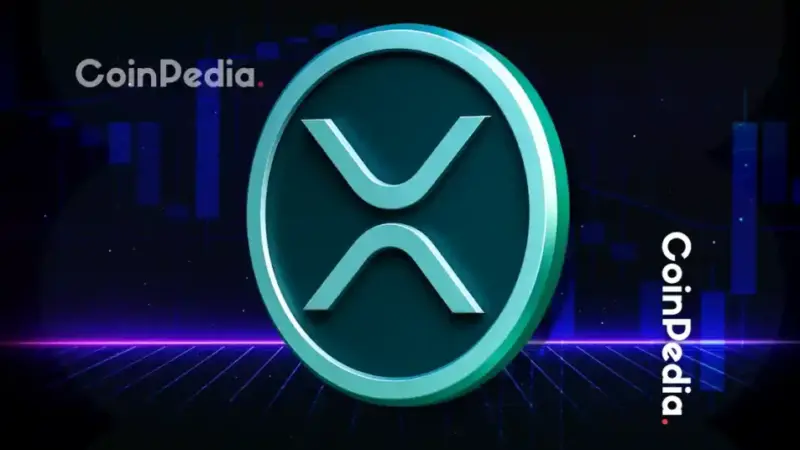StaFi Protocol: rTokens, Recent Progress and released Solutions.


In the ever dynamic spectrum of these technologies; blockchain and cryptocurrency, their versatility presents us with different solutions across sectors and industries. The centralization of the world’s traditional finance system has made it difficult for many to access some financial services, especially when it comes to staking funds for profits. At the moment, several blockchain-based staking solutions have emerged, and one of them blazing the trail for others is the rFIS. StaFi has provided a solution to aid the staking of tokenized assets and the redemption of value from the stakes.
When FIS is staked by an investor, the trader can get rFIS which is dependent on the exchange rate at the time of the transaction. Furthermore, when users have some rFIS in their wallets, StaFi uses FiS’s staking accumulation to determine the redeemable FIS. As staking income gets accumulated, the rFIS exchange rate invariably experiences an increase. The exchange rate is dependent on the amount of FIS that gets locked away in the StaFi contract.
Progress
Since inception, StaFi has made considerable progress for stakers of FIS, and some of this progress is tied to the provision of rFIS. Some things worthy of note about the value propositions include:
- Liquidity is one problem that previous systems have faced, but in this case, users do not need to be bothered about the liquidity involved with FIS tokens that get staked, because rFIS can be swapped on a platform like Uniswap, and liquidity gotten later.
- The rFIS protocol is designed to take cognizance of OVs (original validators) within the contract, and their most yielding ROI. In order to optimize the staking profitability by the investors, the high ROIs are used.
- By default, StaFi uses a staking system that may be difficult for a basic staker to understand, considering there are different components like how rewards can get claimed, how the performing validators can be selected, what determines rewards, the consensus protocol, and the totality of nominators involved, etc. However, by implementing rFIS, stakers of FIS can perform their staking operations easily, at the click of a button.
StaFi and the rToken solution
An rToken defines any token that is redeemable for assets that get staked and traded via the StaFi solution. When a project’s token gets staked, some rtokens are given according to the amount or number of tokens that have been staked, and the exchange rate at the time of exchange. With the rTokens, users have the rights to request their staked assets whenever they want, and also get the appropriate staking income. Furthermore, holders of rTokens can also enjoy continuous participation in the system’s governance.
For different Proof-of-Stake (PoS) projects, there are different lock-up periods for staked assets, and during that period the user may not be eligible for staking rewards, and would have restricted access to their asset. For instance, it takes as much as 21 days to redeem assets for Cosmos, while it takes 28 days for Polkadot assets to get unlocked. This puts some limitations to the abilities of the users to utilize their assets for trades. However, with the StaFi protocol, users can get the equivalent of their stakes in rToken, and thus be at liberty to get their staked assets whenever they want. It helps the investors to hedge funds in the likelihood that the market movement becomes adverse, and unlocking periods will not be a bother to them.
Categories of rToken
According to StaFi, there are four categories of rToken, and they are:
- Polkadot (rTokens): These include rDOT, rFIS, rKSM, and other related tokens that are used for token backed projects that are classified as substrates.
- Cosmos: The tokens include rKAVA, rATOM, and other related rToken to drive the Cosmos community.
- rETH: This is the rToken to perform Ethereum staking and redemption.
- There are other rTokens like rEOS, rXTZ, etc.
It is expected that they will get other assets involved at some point, and implement new protocol standards for rToken.
Benefits of rToken
With the aid of rTokens, users can enjoy these benefits:
- As mentioned earlier, users do not need to worry about the liquidity of staked assets.
- Users are free from waiting long periods before having their assets redeemed. With rTokens, they can have it exchanged according to the current rates of Token/rToken exchanges.
- With rTokens, staking is encouraged for its users, because it will boost the profitability of staking when Proof-of-Stake projects are involved. Furthermore, there is improved security for original chains. It does not matter how many assets that get locked up, the improved security will oversee the operations of the original chain to ensure it remains intact.
- StaFI is created such that it does not capitalize on the actions of the validators, because the protocol is not involved in the original chain’s validations. This makes it possible for the platform to create an ambience of cooperation with the validators and the entirety of the ecosystem, and thus drive more improvement and traffic to the development of decentralized finance (DeFi).
These benefits among many others will help StaFi users get the best from their stakes and investments, considering that in times past, PoS stakes have been complex for a lot of interested investors and traders because there were different intricate parts involved.
It may interest you to know that rFIS is live on the mainnet, and available for users to carry out trades and transactions. As a way to encourage users to stake rFIS, minting of rToken comes without a fee, and OVs (original validators) will get a temporary commission rate of 10% of the net income of staked rFIS. However, the commission is likely to get adjusted, and that will be dependent on the totality of validators that are present within the StaFi ecosystem.
StaFi has provided the perfect staking solutions for its users to enjoy seamless asset staking, with additional flexibility, because the users are at liberty to trade with their assets without going through the hassles of waiting for the expiration of lockups.
Useful links:



